News and Events
Special Announcements

Congratulations, Xiang!
Xiang Fan defended his doctoral thesis on May 23. Thanks to all who attended!
Thesis title: "Cascades, spectra, real space structure, inhomogeneous mixing and transport in active scalar turbulence"
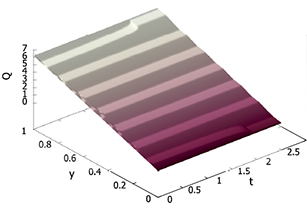
Staircase evolution article chosen as Editor's Suggestion
A recent article by Drs. Malkov and Diamond on staircase structure and dynamics was selected as a PRFluids Editor's Suggestion.
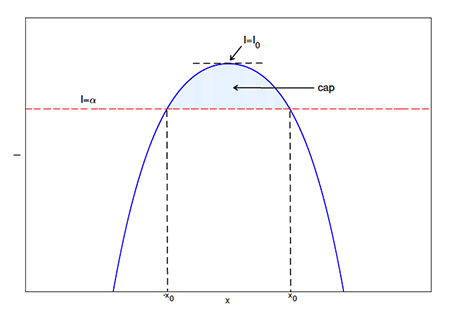
Avalanching article featured as AIP Scilight
We're thrilled that Robin Heinonen and Pat Diamond's new article describing a unified model of turbulence spreading and avalanching was selected as an AIP Scilight! Scilights summarize the significance of the most interesting new physical science research published across AIP Publishing journals. Congratulations, Robin!
"Uncovering what triggers avalanches in plasma" by Chris Patrick
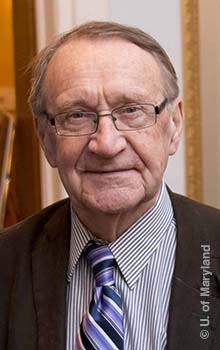
Interview with Roald Sagdeev
Professor Diamond's oral history interview with Professor Roald Z. Sagdeev is now published in the European Physical Journal H., as part of a special issue on the history of plasma physics.
This interview presents Roald Z. Sagdeev's story of plasma physics in Russia (1956-1988). It chronicles the Russian school's achievements in basic, laboratory, fusion, and space plasma physics. The interview includes Sagdeev's memories of his graduate school days in Moscow and his work at several institutes—Kurchatov, IKI, and the Budker Institute of Nuclear Physics. He also shares many stories of his collaborations and friendships with notable scientists, including Marshall Rosenbluth, Mikhail Leontovich, Alec Galeev, and Vladimir Zakharov. The conversation reflects Sagdeev's unique and significant influence in modern plasma theory, Russian space exploration and his support of international cooperation for the advancement of humanity.
Special thanks to Dr. Mikhail Malkov for participating in the seventh discussion, "Space plasma physics and the IKI years."
We hope you'll enjoy hearing Prof. Sagdeev's stories in his own words!

1st Chengdu Theory Festival
Thank you to the scientists who joined us for last month's Chengdu Theory Festival. You made this first-ever conference an incredible success! Special thanks to the organizers and the Southwestern Institute of Physics for hosting more than 120 students and 25 lecturers.
The Chengdu Theory Festival aims to promote collaboration and education at the cutting edge of research in theoretical fusion plasma physics and related fields. Early career scientists, postdocs, and PhD students have in-depth discussions with leading researchers and collaborate on current theory (similar to Festival de Theorie).
From our UC San Diego research group, Prof. Pat Diamond and Prof. George Tynan gave lectures on turbulence, drift waves, and density limits. Prof. Pat Diamond also served as chair of the Scientific Organizing Committee.
Again, thank you to everyone who attended and made this festival possible! We look forward to seeing you at the next Chengdu Theory Festival. Visit the conference website to view topics, learn more about SWIP's Center for Fusion Science, and find lectures and videos posted from the conference.
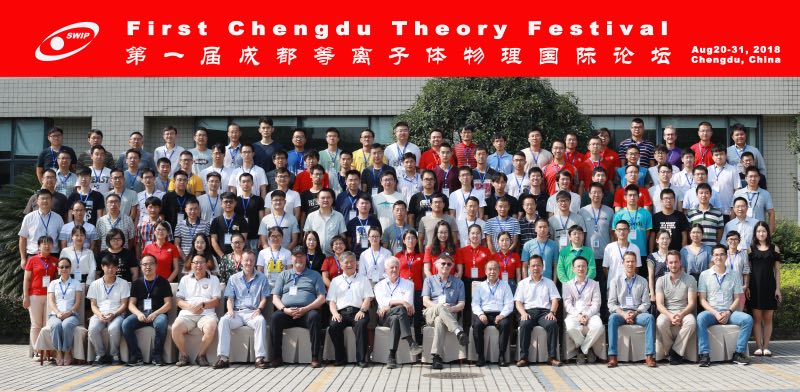
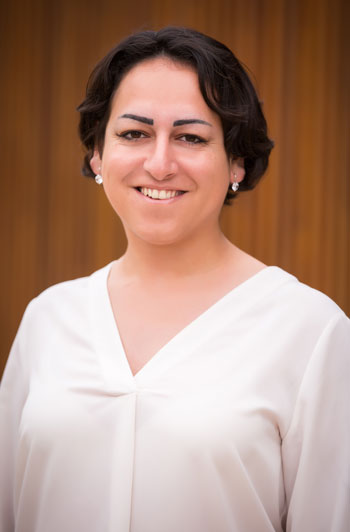
Rima Wins at TTF
Congratulations to Rima, who won a Student Presentation Award at the U.S. Transport Task Force (TTF) Workshop in May.
Poster title: "Dynamics of Zonal Shear Collapse in Hydrodynamic Electron Limit ↔ Transport Physics of the Density Limit"

Xiang Wins at Sherwood
Congratulations to Xiang Fan, who won a Student Poster Award at the Sherwood Fusion Theory Conference in April.
Poster title: "Turbulence and Transport in Elastic Media: A New Look at Classic Themes"
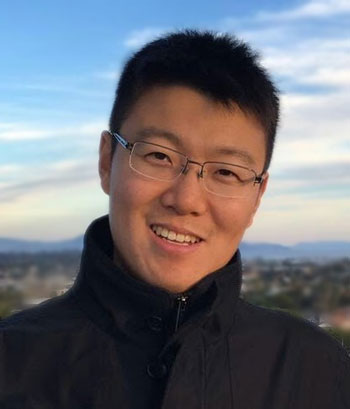
Congratulations, Jiacong!
Jiacong Li defended his doctoral thesis on March 20th. Thanks to all who attended!
Thesis title: "Intrinsic plasma flows in straight magnetic fields: generation, frictionless saturation, and interaction"

Congratulations, Rima!
Rima Hajjar defended her doctoral thesis on February 26th. Thanks to all who attended!
Thesis title: "Ecology of flows and drift wave turbulence: reduced models and applications"
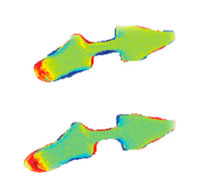
Biomechanics research highlighted in Nature Physics
We're thrilled that our recent PNAS paper on fission biomechanics in planaira flatworms was a Research Highlight in the November 2017 issue of Nature Physics.
Upcoming Seminars
No seminars are scheduled at this time. Please check back soon.
Past Seminars
March 27, 2018
Kshitish Barada
Associate Project Scientist, Department of Physics and Astronomy, University of California, Los Angeles, USA
“A Unique Predator-Prey System of Coupled Turbulence, Drive, and Sheared ExB Flow in the Pedestal of High Performance DIII-D Plasmas”
ABSTRACT: Long-lived (3 to 12 energy confinement times) predator-prey type limit cycle oscillations (LCOs) are observed to follow immediately after the coherent edge harmonic oscillations (EHOs) disappear in wide-pedestal ELM-free QH-mode plasmas. The edge parameters such as electron temperature, divertor Dα light intensity, radial electric field, and Langmuir probe ion saturation current density all start to oscillate at the LCO frequency after EHO cessation. Local density fluctuations (ñ), ExB velocity (V), and ExB velocity shear (V') measured with Doppler backscattering (DBS) at eight pedestal locations show periodic oscillations at LCO frequency. The periodic oscillations in V' lag those in ñ thus exhibiting the characteristics of a predator-prey cycle with V', the predator and ñ, the prey. A wavelike inward propagation of periodic perturbations in ExB velocity (due to changes in profile gradients by ñ driven transport) induces a temporal delay. This delay in ExB velocity produces the necessary temporal variations in ExB shear which are found to be important for ñ regulation and for the sustenance of the quasi-stationarity of this LCO regime. The temporal dynamics can be explained as follows: ñ modifies transport → transport modifies gradients (∇Te) → gradients modify ExB velocity → spatiotemporally varying ExB velocity modifies ExB shear → ExB shear modifies ñ → ñ modifies transport → … and the cycle repeats. This unique system reported for the first time is long-lived, has complex coupling amongst multiple parameters (ñ, V', V, ∇Te), and exhibits spatiotemporal behavior of ExB velocity which is key to the evolution of shear, V'. The ExB velocity, although poloidally and toroidally symmetric, is found to be driven by pressure gradients and not by ñ and so is inconsistent with being of zonal flow type which were observed transiently during L-H transition. Observations of oscillations in edge transport relevant parameters including that of Langmuir probe ion saturation current indicate a potentially significant contribution of this LCO mechanism to modulated pedestal transport in wide-pedestal QH-mode. The frequency of these LCOs is found to scale inversely with pedestal density and also the period of the cycles can be actively controlled by applying electron cyclotron heating (ECH) which also improves confinement of this regime.
Work supported by USDOE Grant# DE-FG02-08ER54984 and DE-FC02-04ER54698.
March 15, 2018
Jerry Hughes
Principal Research Scientist, MIT Plasma Science and Fusion Center, Cambridge, Massachusetts, USA
“Life on the Edge in High Magnetic Field Fusion Devices”
ABSTRACT: The boundary plasma in a magnetic fusion device has an enormous impact on its ability to achieve both good fusion performance in the core and sufficient mitigation of waste heat conducted to plasma facing materials. This is due to the integration of a number of transport and stability phenomena, over a relatively small boundary layer, which serves to regulate the flow of heat and particles out of the confined plasma, and which determines how that flow interacts with material surfaces. How these processes play out at parameters relevant to burning plasmas will have a significant impact on reactor viability. Experimental work on the Alcator C-Mod tokamak has explored critical boundary physics issues at parameters relevant to the ITER device, which is under construction. These parameters include toroidal and poloidal magnetic field, absolute plasma density, and heat flux to material surfaces. The device has demonstrated an edge transport barrier having a plasma pressure very near that required for ITER, and has shown success in mitigating heat flux to an ITER-like divertor. Interest is growing quickly in the prospects for compact high magnetic field devices for fusion, largely due to recent advances in the performance of high temperature superconductors, which could enable steady state operation at twice the ITER field. The impact of boundary physics must be examined in this context, and C-Mod results at up to 8T provide a path forward for projecting to very high field devices.
March 8, 2018
Won-Ha Ko
National Fusion Research Institute, Daejeon, Korea
"LH Transition with Resonant Magnetic Perturbations on KSTAR*"
ABSTRACT: Significantly low H-mode power threshold (PTH) has been observed in KSTAR in comparison with other conventional devices. Such a favorable finding is attributable to an order of magnitude lower intrinsic error field (<δB/B0>m/n=2/1 ~ 1x10-5 [1]) and toroidal field ripple (δTF=0.05% [2]), which has been corroborated by high pedestal rotation in KSTAR [3]. A thorough study of LH transition under the influence of low non-axisymmetric field (NF) has been conducted in KSTAR with low intrinsic error field. It shows that LH power threshold depends on the resonant NFs and the line-averaged density-LH power threshold curve agrees well with the power law scaling [4] as the resonant NF (δB/B0, n=1) applied up to 2.7x10-4 in KSTAR. However, LH power threshold is independent of non-resonant NFs with n=1 and n=2 which reduced only toroidal rotation by 30% in L-mode. Minimized resonant NFs or intrinsic error fields are desirable to access low H-mode power threshold in ITER and future reactors.
*This work was supported by the Korean Ministry of Science, ICT and Future Planning of Republic of Korea.
References:
[1] Y. In et al, Nucl. Fusion 55 043004 (2015).
[2] S.W. Yoon et al, IAEA-FEC (2014).
[3] W.H. Ko, et. al, Nucl. Fusion 55 083013 (2015).
[4] Y. R. Martin, et. al, Journal of Physics 123 012033(2008)